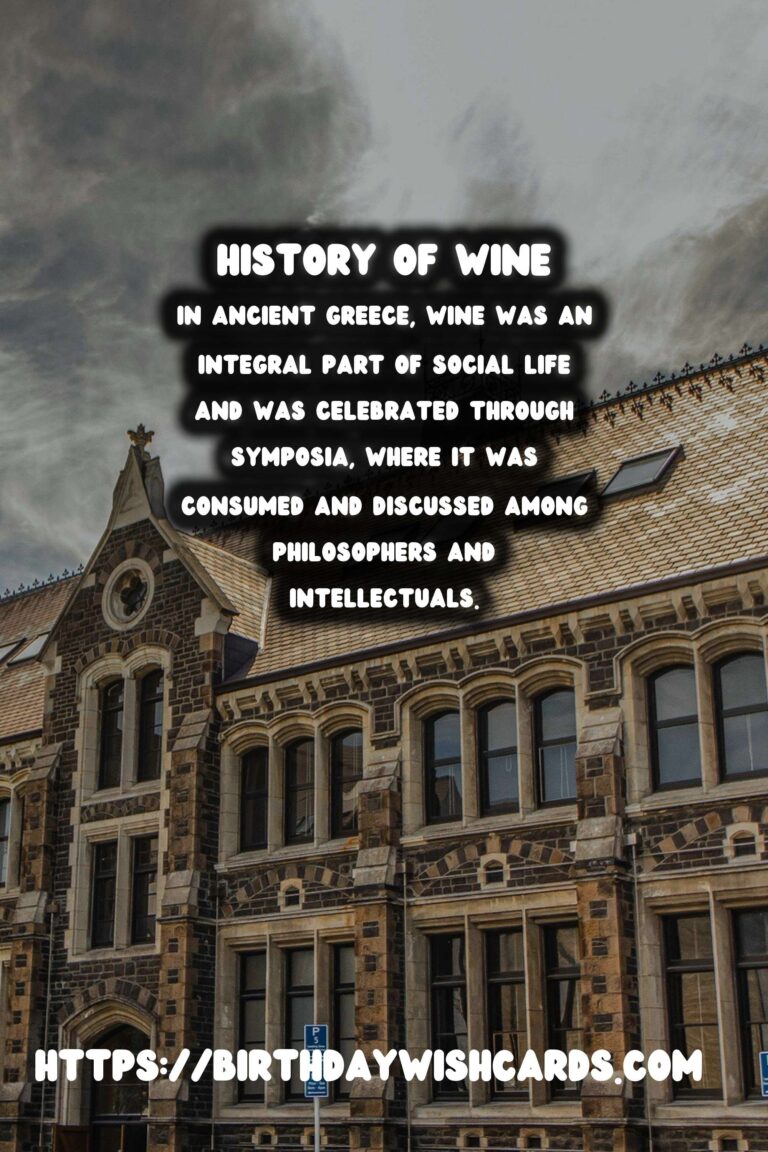
Wine has long been a cherished element of cultural practices, celebrations, and daily life across the globe. Its journey through history is as rich and complex as the wine-making process itself, signifying more than just a drink—it is a symbol of human evolution, creativity, and tradition.
The Dawn of Wine: Ancient Beginnings
The history of wine can be traced back to around 6000 BC in what is now Iran, where the earliest known evidence of fermented grapes was discovered. Ancient cultures in Mesopotamia, Egypt, and China also famously incorporated wine into their rituals and daily life. In these early civilizations, wine was often linked to religious practices and was a symbol of status and luxury.
An archaeological finding in Georgia, dated around 6000 BC, provides compelling evidence of the earliest wine-making. Making wine back then involved a simple process where grapes were harvested and allowed to ferment naturally, producing an ancient but cherished beverage.
Wine in Ancient Civilizations
The influence of wine expanded as it became an essential trade commodity. Phoenicians, destined for trade across the Mediterranean, were pivotal in spreading viticulture to regions that would become modern-day Greece and Italy. Both regions flourished as hubs of wine production and innovation.
In ancient Greece, wine was an integral part of social life and was celebrated through symposia, where it was consumed and discussed among philosophers and intellectuals. The Greeks also pioneered the naming of grape varieties and had notable vineyards. They introduced the idea of mixing water with wine, which transformed the social consumption of this historic drink.
Roman Influence and Expansion
As the Roman Empire expanded, so did the cultural importance of wine. The Romans are credited with advancing wine production techniques, such as cultivating vineyards on trellises and refining the fermentation process. With an extensive network of roads, they spread vineyards to France, Germany, and Spain, laying the foundational vines for what would become some of the most famous wine-producing regions in the world.
Rome’s indulgence in wine was unprecedented; it permeated all aspects of Roman life and became accessible to all social classes. This accessibility marked a significant turn in the history of wine, democratizing its consumption and spurring an era of prolific vineyard development.
The Middle Ages: Monasteries and Preservation
Following the fall of the Roman Empire, the Catholic Church assumed the role of principal wine producer in the West. Monasteries became centers for wine innovation during the Middle Ages. Monks improved wine production techniques, emphasizing wine’s spiritual status and its use in religious ceremonies like the Eucharist.
The climate of Europe led to the development of distinct regional styles and the preservation of specific varietals, refined through generations of monastic dedication. This period marked wine as not only a sacred conduit but also a communal beverage for daily sustenance.
The Renaissance and Wine’s Cultural Rebirth
The Renaissance catalyzed a renewed interest in classical culture, including the arts and wine. The invention of the printing press allowed for the widespread distribution of viticultural knowledge. Concurrently, explorers like Christopher Columbus and Ferdinand Magellan brought grapevines to the New World, opening a new chapter in the global story of wine.
Wine saw further developments in France, where regions like Bordeaux and Burgundy began to establish their global reputation with controlled viticulture techniques adapted to local soils and climates. This era solidified France’s status as a synonym for fine wine.
Wine in the Modern Era
The industrial revolution introduced new technologies, transforming wine production and distribution. The introduction of trains and steamships expanded market reach, while phylloxera, a grapevine pest, devastated European vineyards, leading to a reliance on grafting vines with resistant rootstocks.
The 20th century saw a surge in wine appreciation and the establishment of Brix measurements and fermentation controls, enhancing wine quality and variety. The modern wine industry is influenced by global demand, with vineyards found in unexpected regions like South Africa, Australia, and California, showing innovation’s burden to tradition.
Conclusion: The Modern Appreciation of Wine
Today, wine is celebrated not only for its taste but as a cultural artifact that tells an intricate history of human livelihood. Fine wines have become an emblem of cultivated refinement worldwide, embodying millennia of innovation, tradition, and pleasure.
The history of wine is a story still being written, linked to human hands across ages and geographies—an enduring testament to our shared indulgence and exploration.
Wine has long been a cherished element of cultural practices, celebrations, and daily life across the globe. In ancient Greece, wine was an integral part of social life and was celebrated through symposia, where it was consumed and discussed among philosophers and intellectuals. 
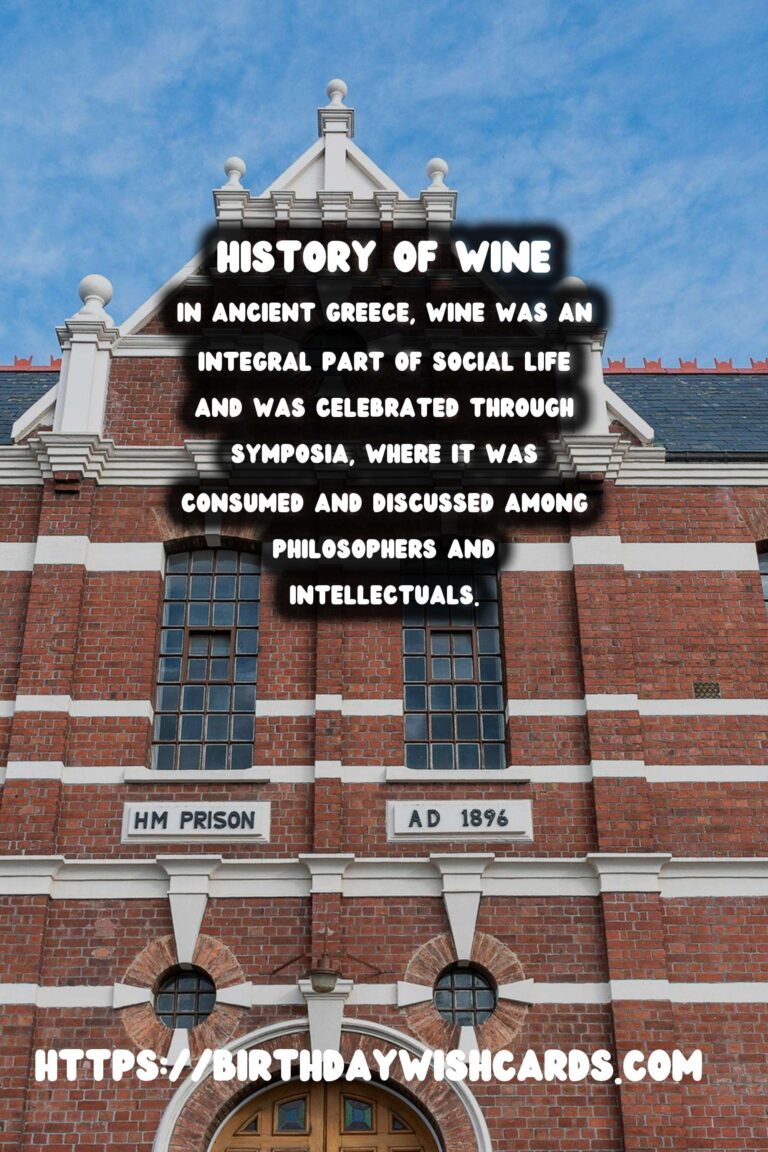

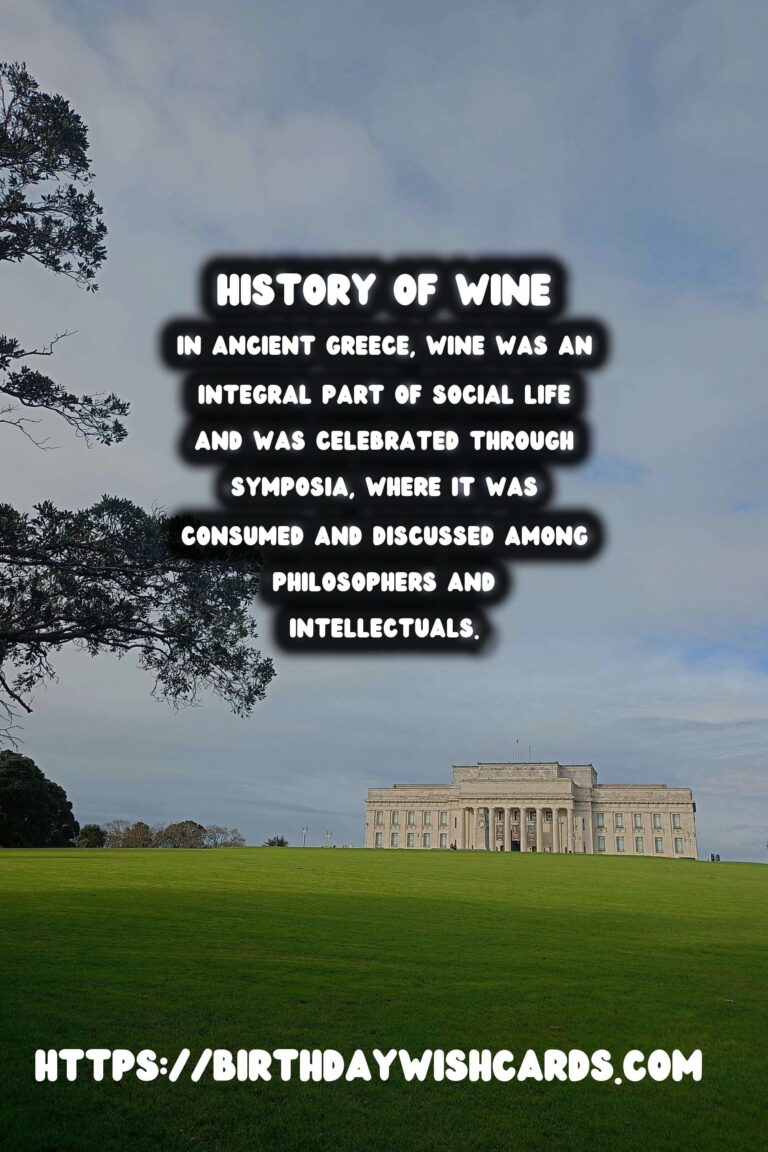
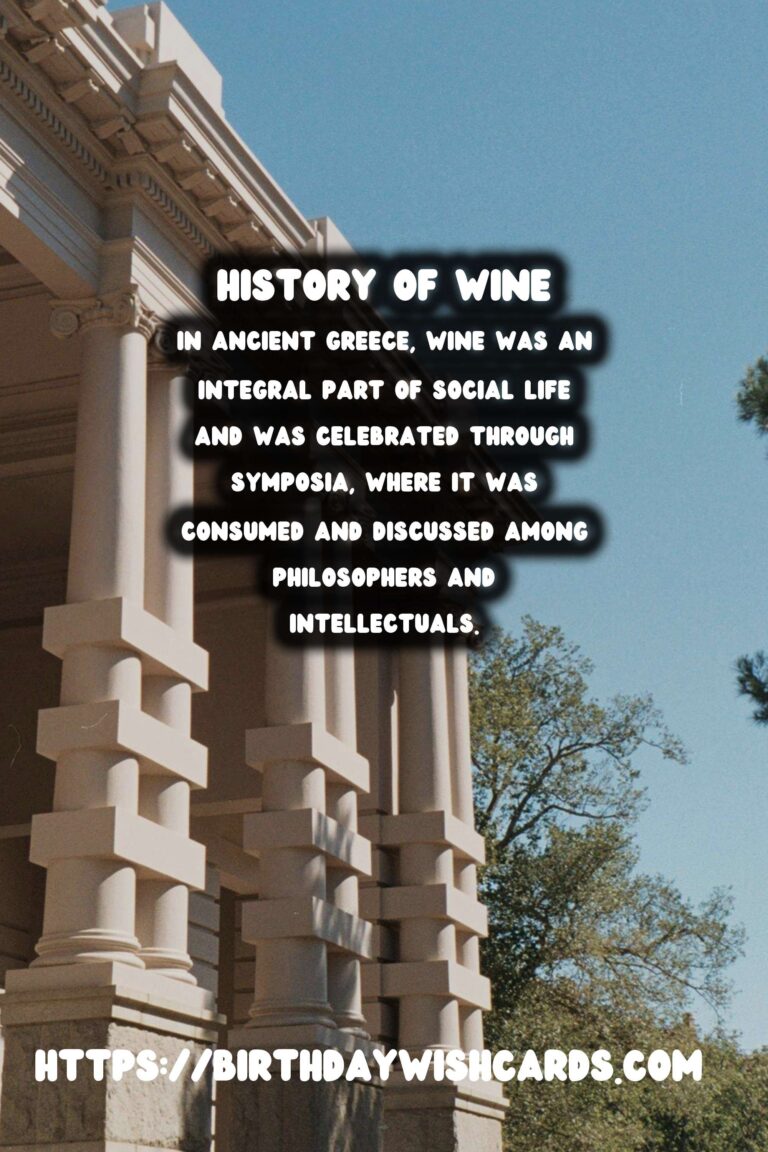




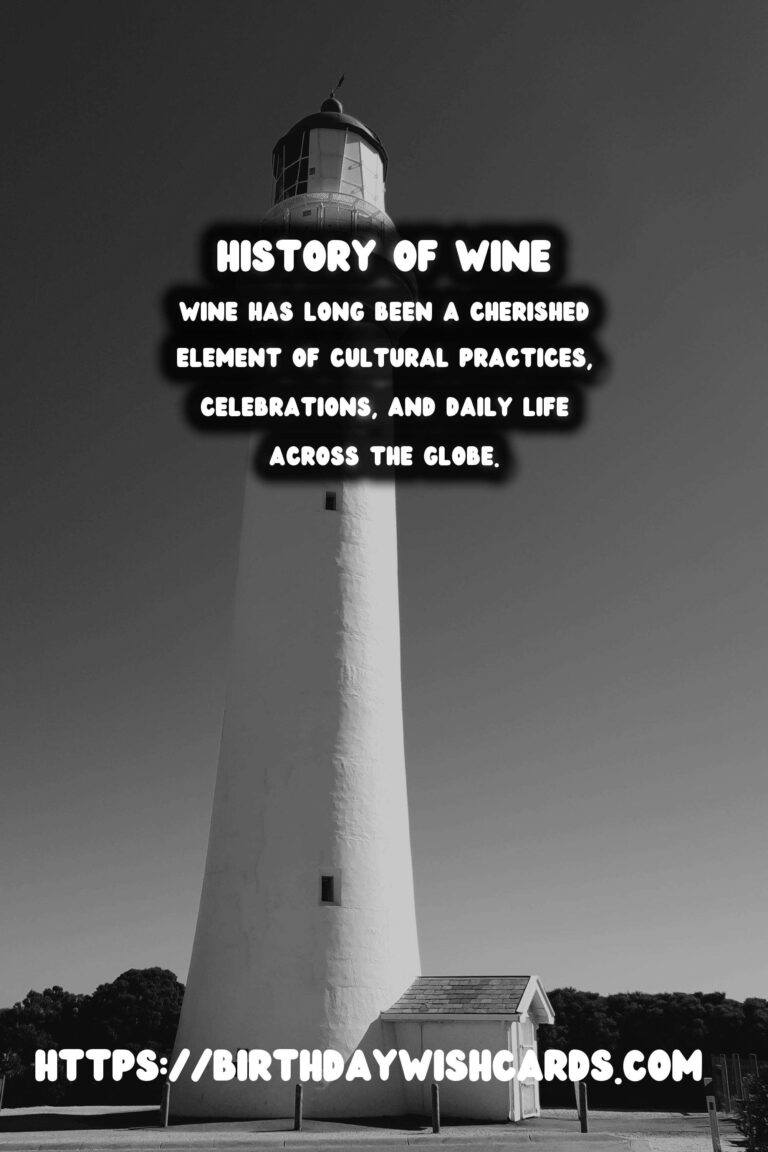
#WineHistory #FineWines




